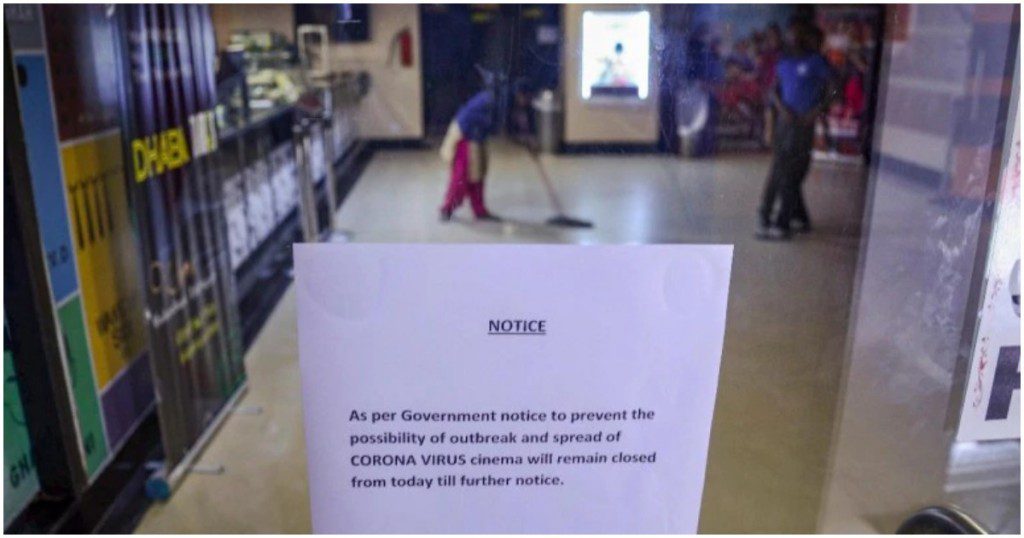The COVID-19 pandemic has changed the world in a number of ways, perhaps irrevocably. Businesses face new challenges in a constantly-changing landscape, and need to adapt accordingly if they are to survive.
Thankfully, there are some useful tools and technologies that can help your business to cope with this new reality. Here are the cutting-edge technologies to help your business to survive and thrive in the post-COVID world.

- AI-Assisted Cybersecurity
Cybersecurity threats have grown greatly in recent years, and represent a huge financial risk to businesses. Cyber-attacks, on average, cost businesses around $200,000 on average. This has not only continued since the start of the COVID-19 pandemic, but some would even say it has exploded. Reportedly, cyber-attacks have increased by 400% since the start of the pandemic.
The pandemic has seen a large increase in the amount of time that people are spending online, and cyber-attackers are seeing this as a great opportunity. This means that it is more important than ever to protect your business with the latest cybersecurity tools. The most cutting edge of these employ AI technology to be more adaptive and sophisticated in order to deal with the increasingly sophisticated nature of cyber-attacks.
- Remote Work Tools
One of the most notable impacts of the COVID-19 pandemic is the dramatic increase in remote working. As businesses and workers around the world were forced into lockdown, those that could continued to work from home. Even as many are reopening, some businesses are choosing to have their employees to continue to work remotely some or all of the time in order to promote better health and safety. Reportedly, 74% of CFOs want at least some of their workers to continue to work remotely indefinitely.
Here are some of the tools and technologies currently available that are helping people to work, learn and more remotely:
-
- Video conferencing tools like Zoom
- Team collaboration tools such as Slack
- Team-based project management software like Asana and Trello
- Adaptive WiFi
- Digital Assistants like Amazon Echo
- Digital Ticketing
Another consideration in the post-COVID world is events and ticketing. After being shut down for months, sports and entertainment events are slowing coming back. However, these kinds of events require very special management in order to reduce the risk of disease transmission.
Digital ticketing is one technology that allows stadium and venue managers to protect the safety of their visitors. This technology means that ticket holders can pass through digital entry points, using their own devices to gain entry. This greatly reduces the number of touchpoints and minimises the risk of the virus or other micro-organisms being passed from hand to hand.
- Remote Access Control Tools
Access control has long been a major concern for businesses. Making sure that the right people can easily access your site while keeping undesirable elements out is essential to protect your assets, your staff and your reputation. The context of COVID-19, however, presents new challenges to access control. Certain access control tools such as access keypads are no longer viable, as they are too likely to spread disease.
Remote access control technologies offer the solution. For example, remote vehicle detection technology allows employees, clients and visitors to easily access the premises, while keeping undesirable elements out, without the need to touch any common surfaces. Similarly, touchless card readers means that you can control who enters and exits your premises completely safely.
- Crowd Control Analysis
Another important aspect for stadium and venue managers to consider in this new reality is crowd analytics. Public spaces are now carefully considering crowd density, because the more tightly packed people are together, the more likely they are to transmit the virus to one another. Health experts tell us that 1.5 metre (6 feet) spacing is ideal to minimise the risk of aerosol transmission, and owners of stadiums and event venues, just like cafes, shops and offices, are trying to put as much distance between patrons as possible.
Indeed, this can be a government requirement for reopening or remaining open in many places and managers need to ensure they comply or otherwise risk hefty fines and/or closure of their business. In this context, crowd control analysis is essential to monitor how many people are in the space to ensure that adequate spacing is possible. There are a number of crowd analytics tools that use Big Data technology to enable stadium managers monitor and manage these factors in real time.
- Contactless Payments
Many of the measures to keep everyone safe in the post-COVID world centre around eliminating touch, as this is one of the most common ways to spread the virus. Contactless payment tools allow customers to visit businesses or receive deliveries and pay for the product without the need for touching anything.
Contactless payment technologies range from contactless credit card machines to online payment tools and systems such as mobile wallet apps. The latter are a very convenient way to make payments that can be easily executed from the consumer’s smartphone, and were already gaining popularity before COVID-19. The context of COVID-19 and threat of future pandemics may even mean reducing cash payments or eliminating them entirely in favour of credit and debit cards and online payments.
